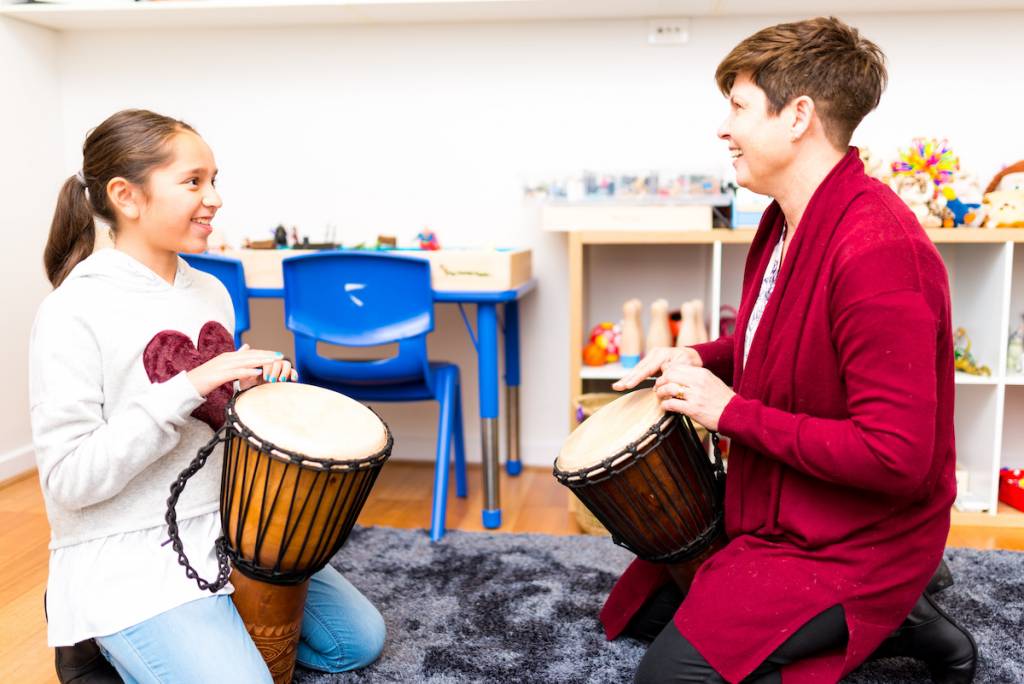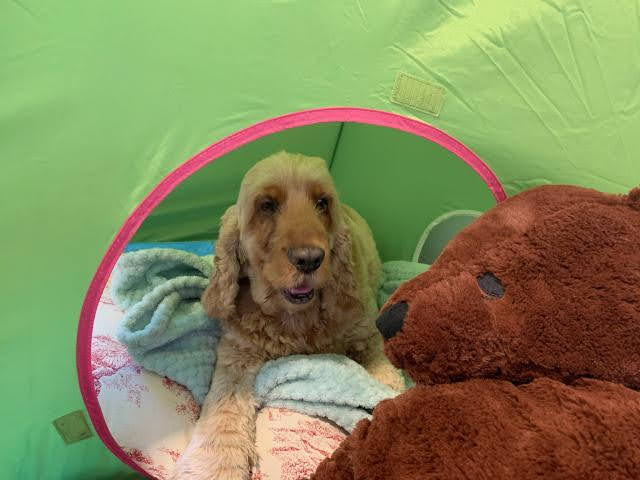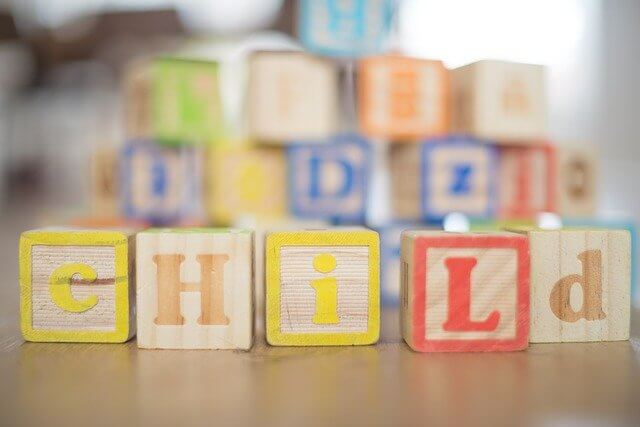Blog Series By Ashley Stevenson - The Power of Play with Non-Verbal Children
Play is a powerful tool for helping non-verbal children to communicate and express themselves. Here are a few tips you can bring into your play with a non-verbal child to help expand their communication skills.
All of us use non-verbal communication all of the time. When we wave hello to someone, pull a face, or point to something we are communicating non-verbally.
When playing with non-verbal children we can enhance their communication skills by emphasising our own non-verbal communication, helping them to practice and imitate these strategies.
An example of this might be pointing to your child’s favourite doll and stating “There’s your doll.”
If your child is exploring with a toy, for example playing with a xylophone, you may clap in an animated way when they tap the xylophone, whilst accompanying this with simple praise or comments such as “Making music!”.
Exaggerating our movements such as shaking our head yes or no and accompanying these gestures with saying the words out loud will help children understand their meaning. We can use this in our play in many fun ways such as using puppets or other preferred toys. An example might be using a puppet when playing with your child. You can animatedly ask the puppet, “should we sign a song?” then nod the puppets’ head yes, and respond to the puppet by then singing the song.
It is important to remember to look out for your child’s non-verbal communication during play too. If they begin to nod, point to objects, or hand you items, this is a form of non-verbal communication. By responding to your child’s non-verbal communication, you can boost their confidence. An example might be your child pointing to their favourite teddy. You might pick up the Teddy and state “You want to play with Teddy.”
References
Applied Behaviour Analysis EDU (2023). 6 Strategies for Encouraging a Non-Verbal Child to Communicate. Copyright Wiley University 6 Strategies – Encouraging a Non-Verbal Child to Communicate (appliedbehavioranalysisedu.org)
Dr David Lee and Louise Sanders (2018). Reluctant Speaking and Selective Mutism Resource Pack 4th Edition. Copyright Leicestershire County Council. Reluctant Speaking and Selective Mutism Resource Pack (leicestershire.gov.uk)
Pereira et al (2021). Diagnosing selective mutism: a critical review of measures for clinical practice and research. Published in European Child & Adolescent Psychiatry. Copyright Springer.
NHS (2023). Selective Mutism. Copyright NHS Selective mutism – NHS (www.nhs.uk)
Koegel LK, Bryan KM, Su P, Vaidya M, Camarata S (2019) Intervention for Non-verbal and Minimally-Verbal Individuals with Autism: A Systematic Review. Int J Pediatr Res 5:056. doi.org/10.23937/2469-5769/1510056
Paul, R.. (2002). Disorders of communication. In M. Lewis (Ed.),Child and adolescent psychiatry: A comprehensive textbook (3rd ed., pp. 612-621). Philadelphia: Lippincott Williams & Wilkins




